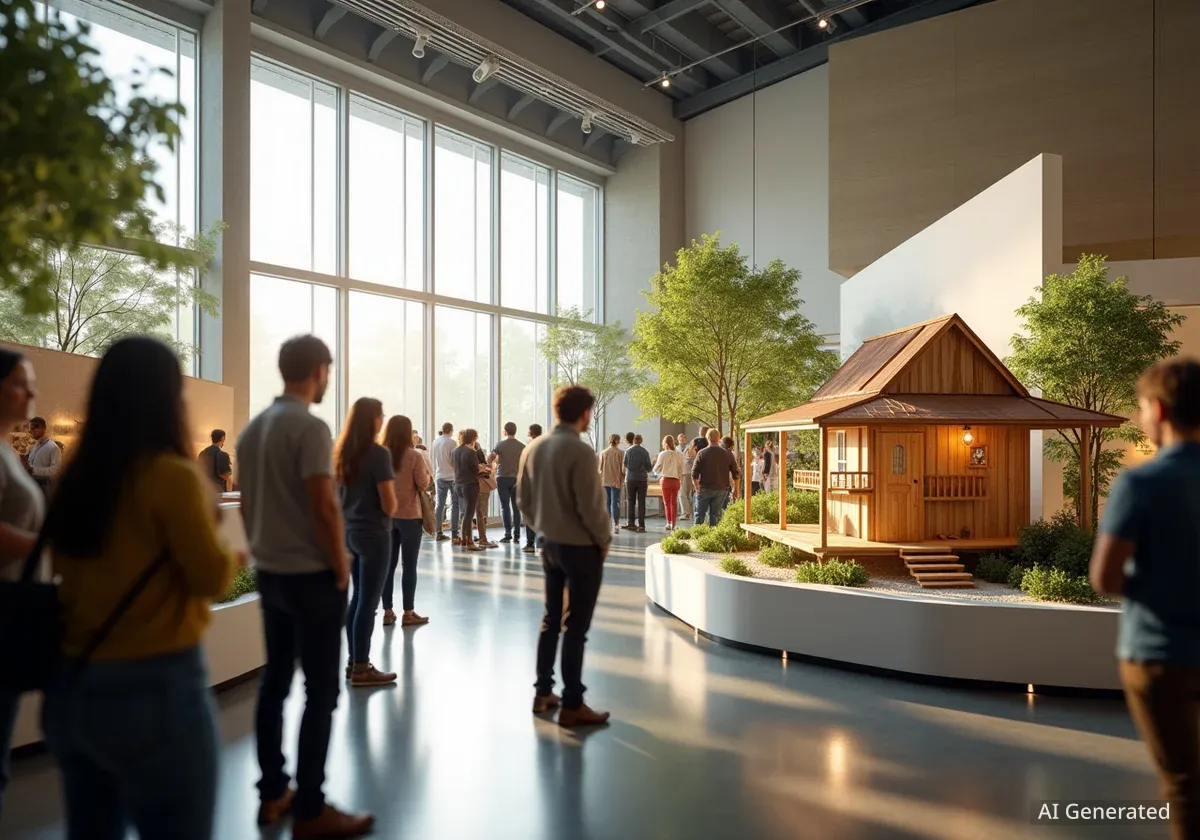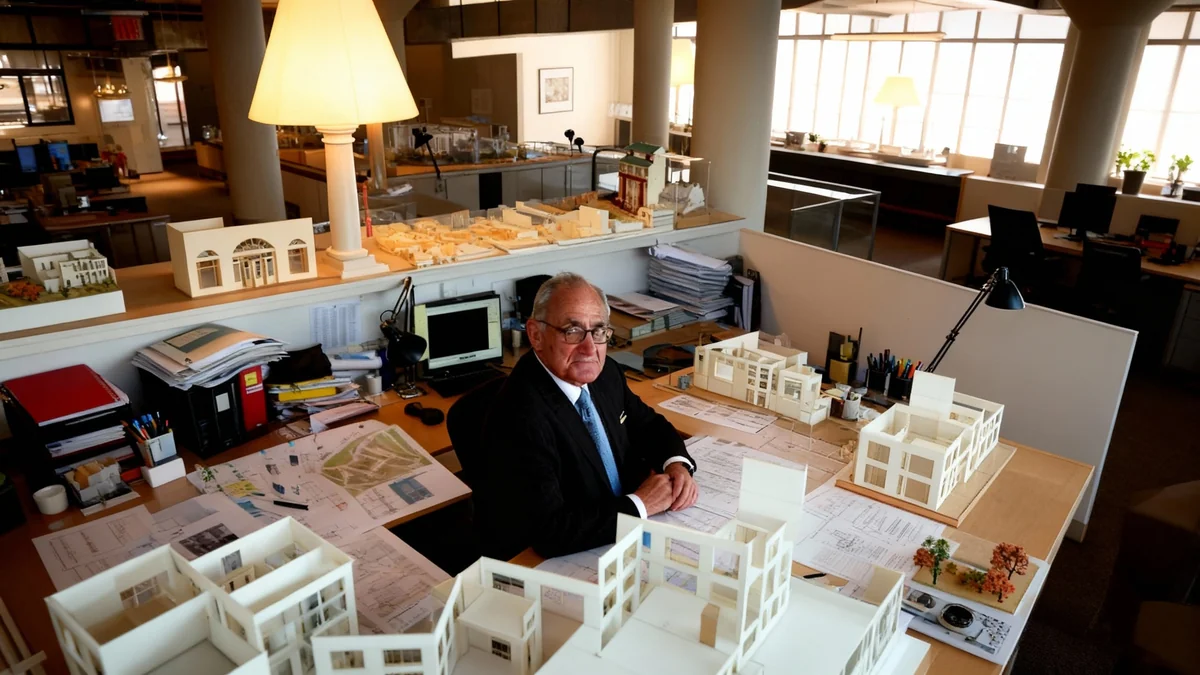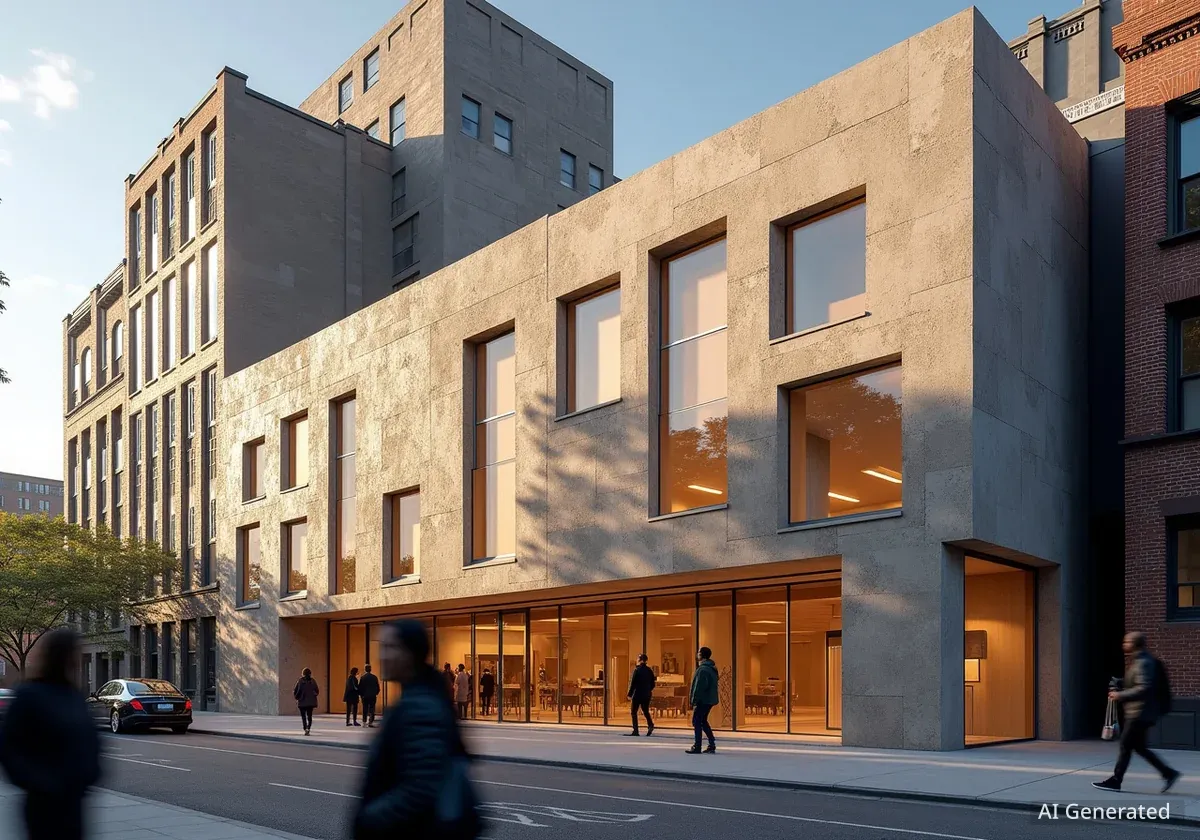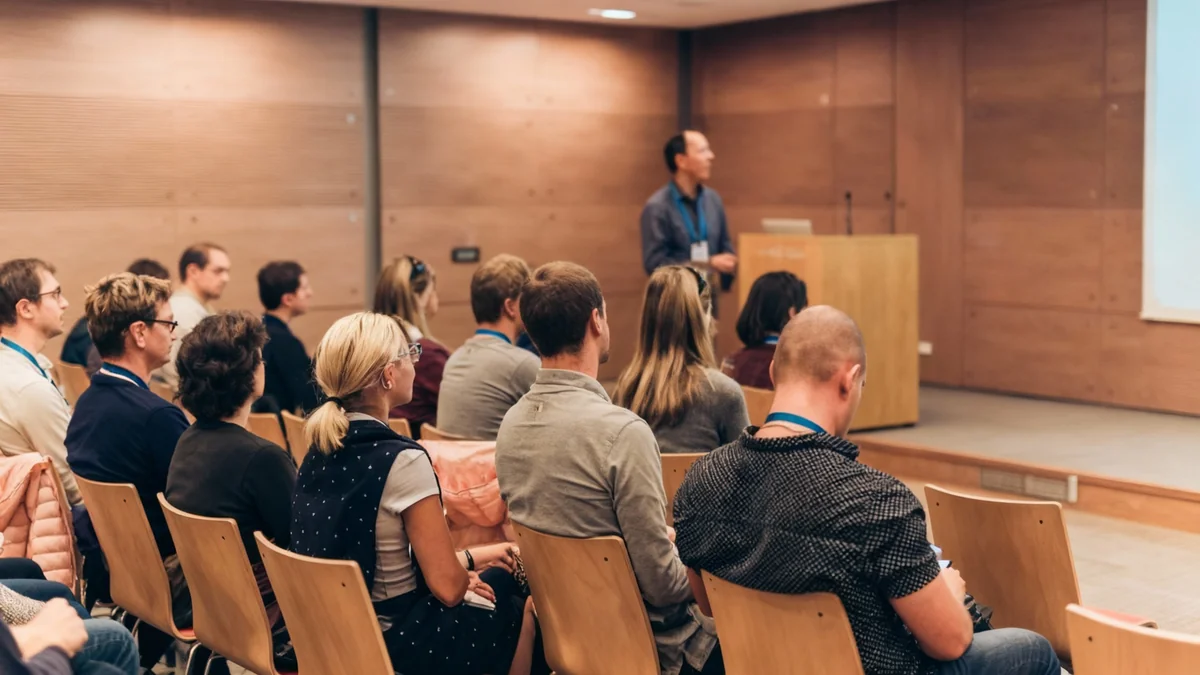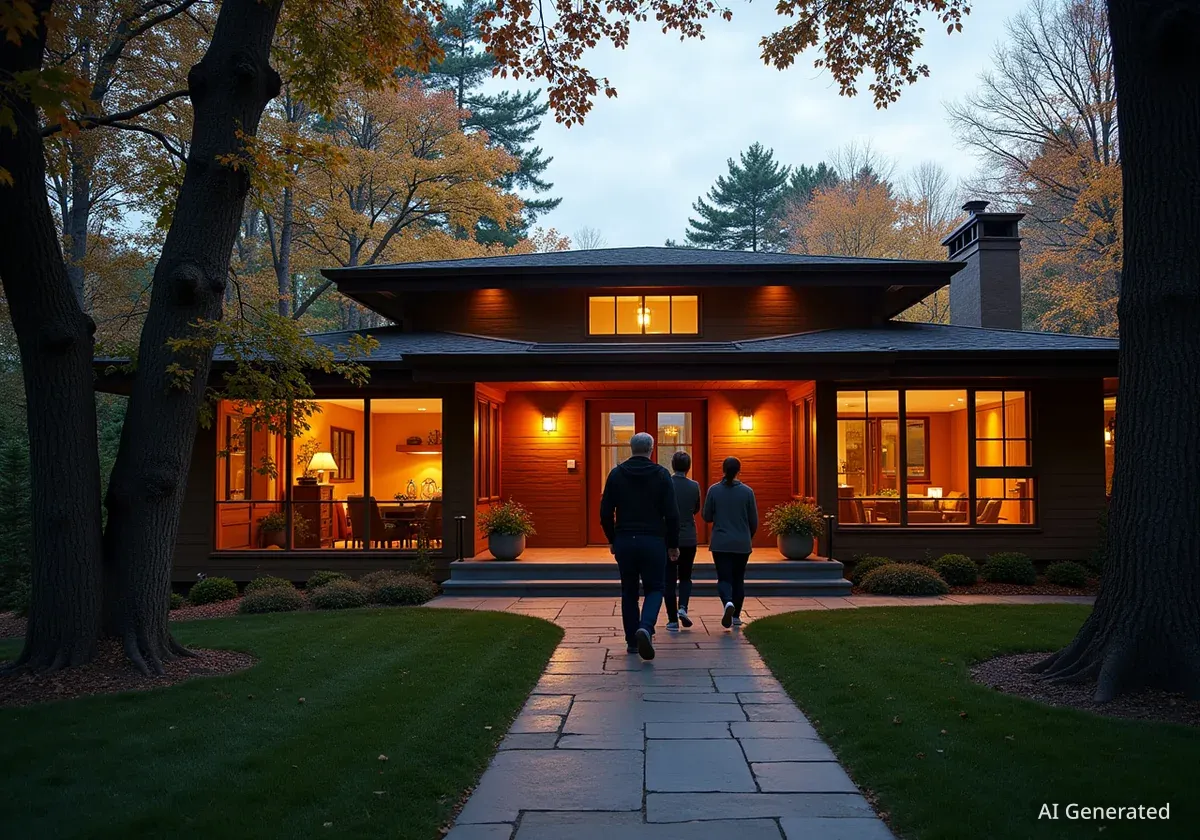The 14th International Architecture Biennial of São Paulo is currently addressing critical global issues, focusing on how architecture can respond to climate change and social inequality. Held at the iconic Oca in Ibirapuera Park, the exhibition, titled 'Extremes: Architectures for a Hot World,' brings together architects, researchers, artists, and communities to explore new ways of inhabiting Earth in an era of environmental and social challenges. This event serves as a call to action, highlighting urgent needs and innovative solutions for a sustainable future.
Key Takeaways
- The Biennial focuses on architecture's role in addressing climate crisis and social inequality.
- All exhibits are centralized at Oca in Ibirapuera Park for a cohesive narrative.
- Nine main sections cover topics from urban reforestation to traditional building knowledge.
- Projects demonstrate how ancestral practices and modern technologies can offer solutions.
- The event emphasizes the interconnectedness of environment, cities, and human well-being.
A Unified Vision for a Challenged Planet
Unlike previous editions that spanned multiple city locations, this year's Biennial is consolidated under one roof. Curators Clevio Rabelo, Jera Guarani, Karina de Souza, Marcella Arruda, Marcos Certo, and Renato Anelli made this decision to ensure a clear and direct narrative flow. This approach allows visitors to experience the entire curatorial journey, moving through sections that connect ancient building methods with emerging technologies, material experiments, and critical social perspectives.
The Oca building itself transforms into a central hub. Here, diverse architectural ideas converge, creating a platform for collective discussion about society and the environment. The exhibition highlights the urgency of finding practical solutions to global problems, such as rising temperatures and increasing water levels in various parts of the world.
Biennial at a Glance
- Location: Oca, Ibirapuera Park, São Paulo
- Theme: Extremes: Architectures for a Hot World
- Duration: Until October 19th
- Organizers: IABsp
Nine Chapters of Future Possibilities
The exhibition is structured into nine main sections, each acting as a chapter in a larger story about humanity's present and future. These sections offer different viewpoints on how to tackle current challenges.
- Visions of the Future: Explores alternatives to the climate crisis.
- Reforesting the Urban: Examines how cities can restore ecological connections.
- Knowledge in Practice: Showcases traditional skills and their relevance today.
- Building Green: Reconsiders materials and construction methods for sustainability.
- Reducing Inequalities: Seeks spatial designs to alleviate social tensions.
- Circular Together: Promotes reflection on resource flows, reuse, and the circular economy.
- Recover While There Is Time: Focuses on retrofit and adaptation strategies for existing structures.
- Starting From Water: Re-establishes the crucial link between society and water resources.
- We Will Stay Here: Features structures built with low-impact techniques and materials.
These thematic areas are not isolated. They intertwine research, practical applications, and imaginative concepts. They span various scales, from indigenous territories to major metropolises, and from the human body to global networks. This comprehensive approach demonstrates that addressing extreme conditions requires recognizing the deep interdependencies between the environment, urban areas, ancestral wisdom, and modern innovation.
Green Infrastructure and Urban Resilience
A significant focus across several sections, particularly 'Reforesting the Urban,' is the concept of greenery as essential infrastructure. This approach aims to reduce urban heat islands, regenerate degraded soils, and reconnect cities with their natural cycles. Chinese landscape architect Kongjian Yu's 'Sponge City / Sponge Planet' proposal exemplifies this vision. It illustrates how nature can work alongside engineering to manage floods and droughts, thereby improving metropolitan resilience in the face of climate change.
"Nature can partner with engineering to face floods and droughts, enhancing metropolitan resilience in the context of climate crisis," says Kongjian Yu, reinforcing the vision of integrated ecological design.
In Brazil, this environmental agenda is evident in notable projects. The Tietê Ecological Park, conceived in the 1970s by Ruy Ohtake, Aziz Ab’Sáber, and their team, stands out. It moved away from channelization and expressway-focused development, instead creating continuous environmental infrastructure. This park combines flood control with riparian forest restoration and public green spaces. In São Carlos, three distinct projects demonstrate how restoring riverbanks and valuing natural springs can reverse urban degradation. These examples underscore the need for long-term policies that can transform both the physical landscape and the quality of urban life.
The Sponge City Concept
The 'Sponge City' concept is an urban planning approach that uses natural processes and green infrastructure to manage stormwater. It aims to absorb, store, and purify rainwater, reducing urban flooding and improving water quality. This strategy integrates permeable surfaces, green roofs, and wetlands into city design.
Ancestral Wisdom and Modern Craft
The Biennial also celebrates traditional knowledge and its role in sustainable architecture. The OCO installation, created by Cambará Instituto in collaboration with master bamboo craftsman Lúcio Ventania, is a powerful example. This project involved ten Black women architects from different regions of Brazil. They participated in an immersive residency, learning the full bamboo cycle from cutting to assembly.
The resulting six-meter-high structure is adorned with thousands of handcrafted beads made by women in vulnerable situations. This installation evokes the technological, cultural, and spiritual depth of Afro-Brazilian architecture and highlights the power of collective creation.
Indigenous Building Practices
'Casa Floresta' is another project that values traditional knowledge. It documents the construction practices of the Guarani, Yudjá, and Kamayurá peoples, transforming them into accessible community manuals. This initiative helps preserve and share invaluable indigenous building techniques.
Further exploring indigenous perspectives, the film 'Y, Yvyrupa' by Richard Wera Mirim and Paulo Tavares, alongside the map 'Nhandereko: Where Our Culture Lives,' focuses on the Guarani territory of Jaraguá. These works emphasize the spiritual, political, and ecological dimensions of this land. The 'Sacred Waters' project by the Urbz collective in Mumbai showcases how urban indigenous communities in India reinterpret water cycles as both a cultural practice and a crucial survival strategy.
Material Innovation and Experimentation
This edition of the Biennial also functions as a laboratory for materials, presenting solutions ranging from cutting-edge experiments to new interpretations of ancient techniques. The 'Tecnoindia Module' by José Afonso Botura Portocarrero combines modular systems with the wisdom found in indigenous houses.
The 'Light Rammed Earth Blocks' by Arquipélago + Alain Briatte Mantchev propose sustainable prefabrication using earth and straw for low-impact components. Miriti, an Amazonian material presented by Guá Arquitetura, is highlighted as both a social technology and an avant-garde raw material. The installation 'The Weave of Time' by AzulPitanga explores banana fibers, blending artisanal craftsmanship with industrial processes.
Sustainable Materials on Display
- Hemp: Proposed as a carbon-capturing construction material.
- Earth: Showcased for its versatility with new techniques.
- Bamboo: Used in large-scale installations celebrating traditional craft.
- Banana Fibers: Explored for their potential in textiles and building.
The 'Ecosapiens' project, by Marta Levy, Felipe Pinheiro, and Denise Covassin, proposes hemp as a construction material capable of capturing carbon. Meanwhile, 'Terra' by CRAterre demonstrates the versatility of one of humanity’s oldest building materials, reinterpreted with modern techniques. Academic projects like 'Carmodésica,' 'PI Prototype,' and 'Pompeia Dome,' guided by professors Marcelo Aflalo, Marcelo Novaes Coelho Jr., and Mônica Aprilanti, illustrate how university research in wood can lead to flexible, demountable structures suitable for diverse environments.
Focusing on circularity and biomaterials, the Biodesign Lab explores Brazilian biodiversity. It merges scientific research with cultural knowledge to propose low-carbon alternatives. Coordinated by Graziela Nivoloni from the Istituto Europeo di Design, the group features an exhibition and a series of workshops at the Biennial, promoting hands-on learning and engagement.
Emergency and Collective Structures
The theme of a 'hotter world' directly calls for architectures designed to address disasters and emergencies. The 'Emergency Dining Hall,' designed by sauermartins in response to the 2024 floods in Rio Grande do Sul, goes beyond a temporary solution. It is conceived as a community space with a lasting legacy. Its roundwood roof and long communal table combine rapid construction with a sense of social warmth and permanence.
The 'Paper Tube House' revisits Japanese architect Shigeru Ban’s innovative approach. It uses accessible, recyclable materials to create temporary shelters that can be easily assembled during crises. Both projects emphasize that architecture can provide quick responses to emergencies while still preserving dignity and offering a sense of stability.
Urban Infrastructure and Adaptive Reuse
The 'Recover While There Is Time' section aligns with strategies for adaptation and retrofit. It presents diverse examples of updating buildings and infrastructure. The rehabilitation and reuse of 'Módulo Iansã,' a prefabricated reinforced mortar building from 1988 by João Filgueiras Lima, highlights how efficient resource use and rational construction can make restoration viable. This project, displayed on the Oca’s first floor, is complemented by Lelé’s original metal forms for shed roofs.
Internationally, the 'Tank Shanghai' project by Chinese studio OPEN Architecture broadens the discussion on how cultural spaces can emerge from transformed landscapes and abandoned industrial infrastructures. This demonstrates a global trend of repurposing existing structures to meet contemporary needs.
The Future is Here
With a comprehensive and ambitious narrative, the Biennial draws on historical examples and explores multiple paths toward alternative futures. It presents itself as an atlas of possibilities. Here, ancestral practices and technological innovations are not in competition but complement each other in responding to both climate and social extremes.
The exhibition showcases a wide array of solutions: hemp and concrete, innovative structural designs and modest renovations, earth-based materials and advanced biomaterials. From this collection of projects and research under the Oca’s curved roof emerges a rich repertoire of architectures. These designs envision not just new buildings, but fundamentally reimagined ways of living. While some may look to Mars for alternatives, the 14th International Architecture Biennial of São Paulo firmly reminds us that the future is on Earth, and it is here that we must learn to inhabit sustainably.
The 14th International Architecture Biennial of São Paulo, organized by IABsp, continues until October 19th at the Oca in Ibirapuera Park. The program includes lectures, various events, and a film showcase. For more details, visitors can access the Biennial’s official website.
